The demolition process of Brennan Hall III, the last legacy dormitory on Wichita State’s campus, has begun across the street from the 17th Apartment complex.
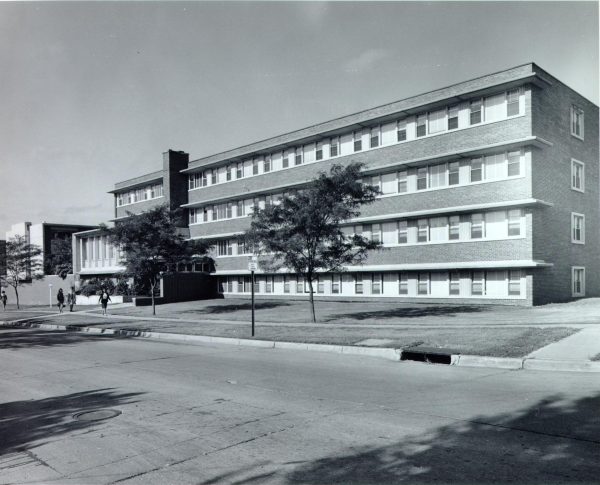
Brennan Hall has been part of WSU’s campus since 1953 and started as a single building, originally built as a men’s dorm to house an influx of students post-World War II. In 1962, it expanded into a coed dormitory — the Brennan Residence Hall.
In 1977, a female student was murdered in the dorms. The murder went unsolved for seven years, then the killer was found and sentenced to life in 1985. Coincidentally, he was already serving a life sentence for a different murder in a Colorado prison.
By the late 1970s, the hall showed signs of decay, with mold, flooding and other issues. Some space was converted to a laboratory, offices and was of non-residential use by the early 1980s.
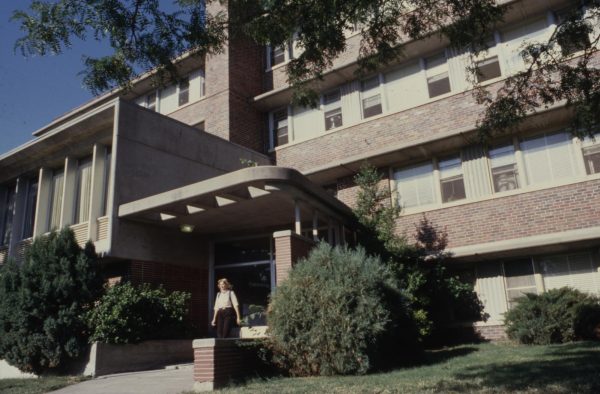
In the 1990s, Brennan I and II closed down completely, but re-opened in 1996 due to a $14 million bond issue to renovate Brennan, Wheatshocker Apartments and Fairmount Towers.
During the development of the Innovation campus, Wheatshocker Apartments and Fairmount Towers were demolished, leaving only Brennan I and II. They reopened as dorms and, in 2005, were refurbished. In 2011, occupancy was at 100%, but Brennan was closed just a few years after.
The building has been home to several programs on campus since then, including TRIO and Upward Bound, which have since moved to the new Shocker Success Center.
Demolition and next steps
The demolition of Brennan Hall is a statewide initiative from the Kansas Board of Regents to improve the usage of space. Brennan Hall III is currently being demolished. Brennan II will follow, then finally Brennan I.
During the demolition process, residents around the area may notice an increase in construction traffic, noise and dust.
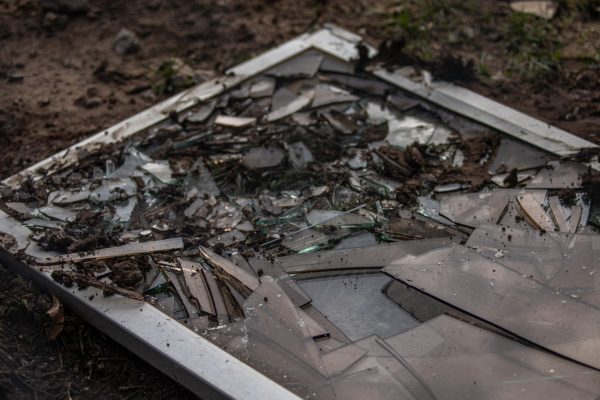
According to Project Manager Andrew Schoech, parking on North Yale Street may be restricted, but there are no planned closures currently.
Demolition of Brennan III is planned to finish by mid-September.
The plot is slotted to be transformed into green space. Though there is potential for future development that aligns with the university’s master plan.



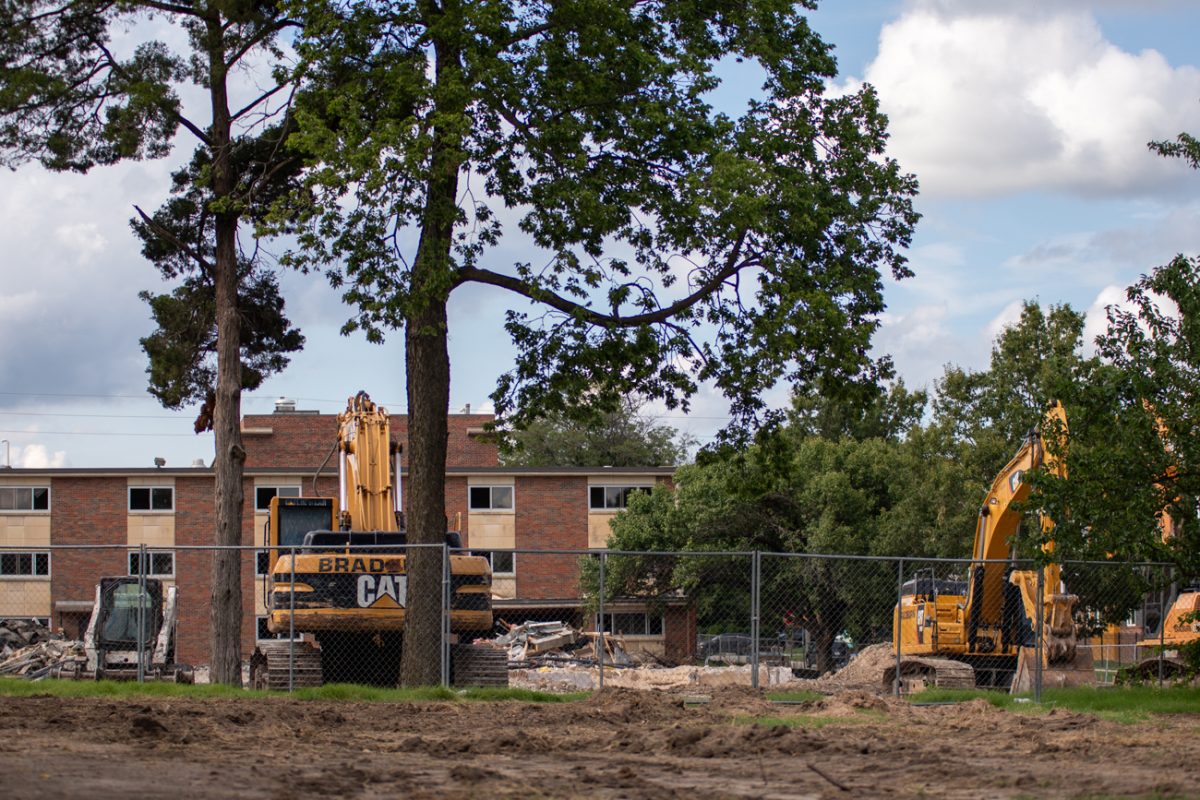
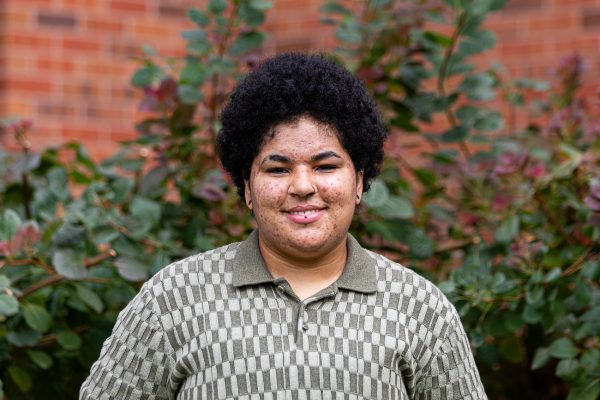

Lisa Stinson • Sep 11, 2025 at 8:19 pm
I lived in Brennan 1,2, and 3 in the early 80s. Is there any way I could get a brick from the demolition of these buildings?